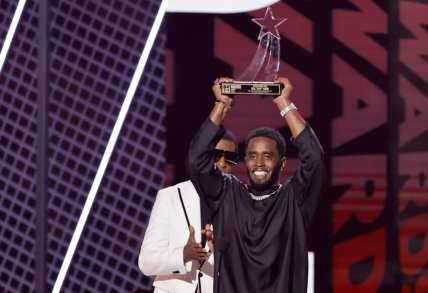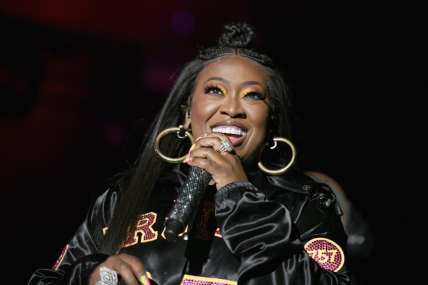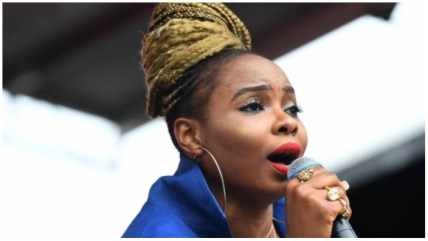How Mary J. Blige’s ‘What’s the 411?’ showed that hip hop and soul are one in the same
OPINION: In celebrating the 30th anniversary of Blige's debut album, theGrio examines its vast influence on Black musical fusion and future Black female artists.
Editor’s note: The following article is an op-ed, and the views expressed are the author’s own. Read more opinions on theGrio.
The Queen of Hip Hop Soul. Think about that moniker. It’s more than just a clever marketing tool from an ambitious Uptown Records A&R executive named Sean “Puffy” Combs to describe singer Mary J. Blige. It was the manifestation of a new subgenre in Black music, the genesis of a musical idiom that illustrated that the two genres — hip hop and soul — were always two sides of the same coin.
On July 28, 1992, Uptown released Blige’s debut album, “What’s the 411?” From the start, the industry has been trying to catch up. This album showed the grittiness of that era’s rap music production while enhancing the always potent power of melody. It took Blige’s voice — a good mixture of pain and optimism — to deliver this new sound to the masses and ignite a revolution that galvanized female vocalists and fans looking for a new icon.
In 1992, the Black female identity in R&B and soul music reached a crossroads. Legends like Aretha Franklin, Chaka Khan and Gladys Knight were transitioning from active hitmakers to the early stages of legacy status. New Jack Swing had thrown the genre for a loop in the mid-1990s, but male artists primarily practiced it.
Bobby Brown, Teddy Riley and Keith Sweat led the charge for New Jack Swing, pushing countless other acts to follow suit. Mega stars like Michael Jackson and Prince, as well as the old school acts like The Whispers all tried their hands with swing beats, with various degrees of success. For Black women, the music was becoming more splintered on the radio.
Whitney Houston was entering her prime as a pop megastar, thanks to the behemoth soundtrack to “The Bodyguard” later that year. Meanwhile, Mariah Carey had already amassed six No. 1 singles on the Billboard Hot 100 and acts like Robin S., Crystal Waters and CeCe Peniston were burning up the dance charts.
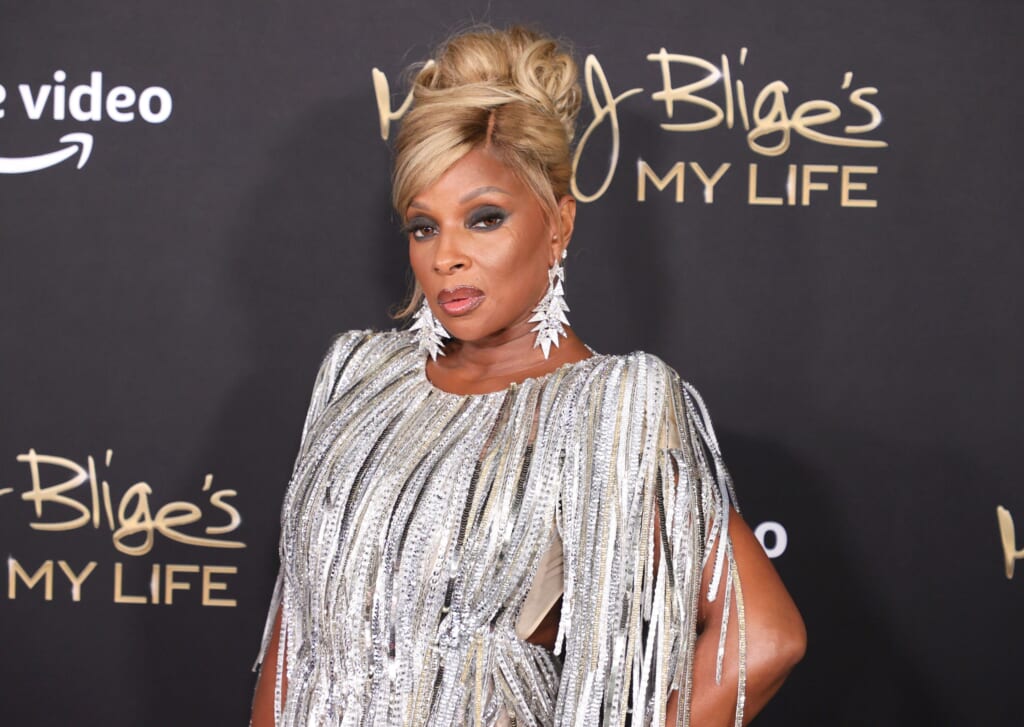
In contemporary R&B and soul music, there was a void — an opportunity. As hip hop was gaining traction in the mainstream and overwhelmingly influenced by R&B music, a new sound and perspective would be necessary to balance the growing rhetoric of hypersexual masculinity over urgent beats.
That year was chock-full of girl-group albums that took New Jack Swing’s industrial urgency and fused it with pop sensibilities. Songs like SWV’s “I’m So Into You,” Jade’s “Don’t Walk Away,” TLC’s “Ain’t Too Proud to Beg” and En Vogue’s “Free Your Mind” began to dominate the radio. But “What’s the 411?” stood head and shoulders above them all.
Unlike the aforementioned girl groups, Blige had to travel farther on her lonesome. While she had the backing of Uptown Records founder and impresario Andre Harrell, the forward-thinking vision of Combs and knocking beats from producers like Dave Hall, Tony Dofat, Cory Rooney and Prince Markie Dee, her voice and delivery proved to be not only the missing piece for the instrumentals, but the only piece to fit them.
Songs like the title track, “Changes I Been Goin’ Through,” and “Reminisce” couldn’t work without Blige’s personality and perfect imperfections. An artist with more technical vocal proficiency would’ve compromised the potency of songs like “You Remind Me” and “Sweet Thing.” The material needed the hard-chiseled, gravelly timbre of Blige to convey the sincerity of the thematic content, especially given the concurrent music that was happening around her.
Hip Hop was growing in quality and commercial viability. Boom Bap, jazz rap and G-Funk were emerging but they all had this commonality of edginess. Blige matched said edginess with songs from “What’s the 411?.” “Real Love” utilized Audio Two’s “Top Billin’” beat to elevate what was an earworm of a melody. The forwardness of “Reminisce” and the supple sensuality of “Love No Limit” matched the sonic execution that Dr. Dre and DJ Quik would perfect.
Blige’s title of The Queen of Hip Hop Soul proved to be as fortuitous as it was accurate. At the time, hip hop and soul music were at odds. Soul artist scoffed at hip hop and rap — questioning its legitimacy as real music or criticizing its subject matter — while hip hop wore the backlash as a badge of honor and in the process enjoyed becoming the new rock ‘n’ roll rebels.
Through the dexterity of Blige’s delivery on “What’s the 411?,” it becomes apparent that hip hop and soul were two sides of the same coin. They have more in common than one would realize. The O’Jays’ “Family Reunion” and Pete Rock and C.L. Smooth’s “They Reminisce Over You” share similar sentiments of unity and legacy. The Pharcyde’s “Passin’ Me By” carried the same longing and yearning for an emotional connection as The Temptations’ “Just My Imagination.”
Ever since “What’s the 411?” was unleashed, a generation of singers has emerged to burnish Blige’s template. Listening to the high-stakes drama of her duet with Jodeci’s K-Ci Hailey on “I Don’t Wanna Do Anything” or the yearning on Rufus and Chaka Khan’s cover, “Sweet Thing,” budding singer/songwriters almost have no other choice but to be influenced.
Over the past three decades, myriad artists — from Alicia Keys and Jazmine Sullivan to Keyshia Cole and even Beyonce — have used this formula of passionate, often delivering guttural singing accompanied by stories of heartache, anger and regret over tracks that sound like they were made for an MC. The only difference is they often lack the overlooked aspect of what makes Blige and “What’s the 411?” endure — balancing the pragmatic and the idealistic with equal intensity.
“What’s the 411?” didn’t open a door in Black music. It broke the door down and forcibly removed the hinges from the frame. Blige not only catapulted into an incomparable career of consistency with this project, she birthed many offspring that shaped a new music paradigm that has since become the norm; hip hop soul.
All hail the Queen.
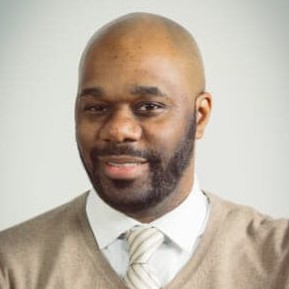
Matthew Allen is an entertainment writer of music and culture for theGrio. He is a Brooklyn-based TV producer, director and award-winning music journalist. He’s interviewed the likes of Quincy Jones, Jill Scott, Smokey Robinson and more for publications such as Ebony, Jet, The Root, Village Voice, Wax Poetics, Revive Music, Okayplayer, and Soulhead. His video work can be seen on PBS/All Arts, Brooklyn Free Speech TV and BRIC TV.
TheGrio is FREE on your TV via Apple TV, Amazon Fire, Roku, and Android TV. Please download theGrio mobile apps today!
